
New tools will shine a light on energy-saving opportunities
Great Lakes Energy is offering an enhanced suite of consumer analytics tools available through GLE online accounts and the GLE mobile app that will allow members to understand their home’s electric use better and have more control of their electric bills.
These new tools provide members with much more detailed information about their home’s energy use beyond the basic kilowatt-hour tracking that has been available through online accounts and the mobile app.
The new system uses a process known as disaggregation to analyze the same power consumption data from your home’s meter that is used to calculate your electric bill. The system doesn’t directly detect which device, system, or appliance in your home is using power. Instead, it uses computer models to look for distinct “fingerprints” of power use that can be attributed to appliances, such as refrigerators, air conditioners, water heaters, and ovens. With the right software algorithms, the usage of specific appliances or home systems can be identified and estimated.
Here are a few examples:
- Always on: This represents electricity that is used every day, constantly, throughout the month. It includes standby power, as well as electricity being used by devices such as routers, cable boxes, chargers, thermostats, security systems, and fish tank pumps.
- Refrigeration: The cooling mechanism of refrigerators turns itself on and off throughout the day. Our algorithm detects this on/off cycle, which helps separate refrigerator electricity usage from always on.
- Heating and cooling: Heating and cooling systems turn themselves on and off depending on your thermostat setting and the weather. Our algorithm detects when these systems turn on and off, which helps separate heating and cooling energy usage from other types of uses.
Click on the headings below for a more detailed look at the new consumer analytics tools.
This tool lets you compare your home’s electric use during the most recent billing to other past month’s bills. On the first page, the tool provides basic use information. More detailed comparison information highlighting some of the top categories and other data is available by clicking on the “more detail” link.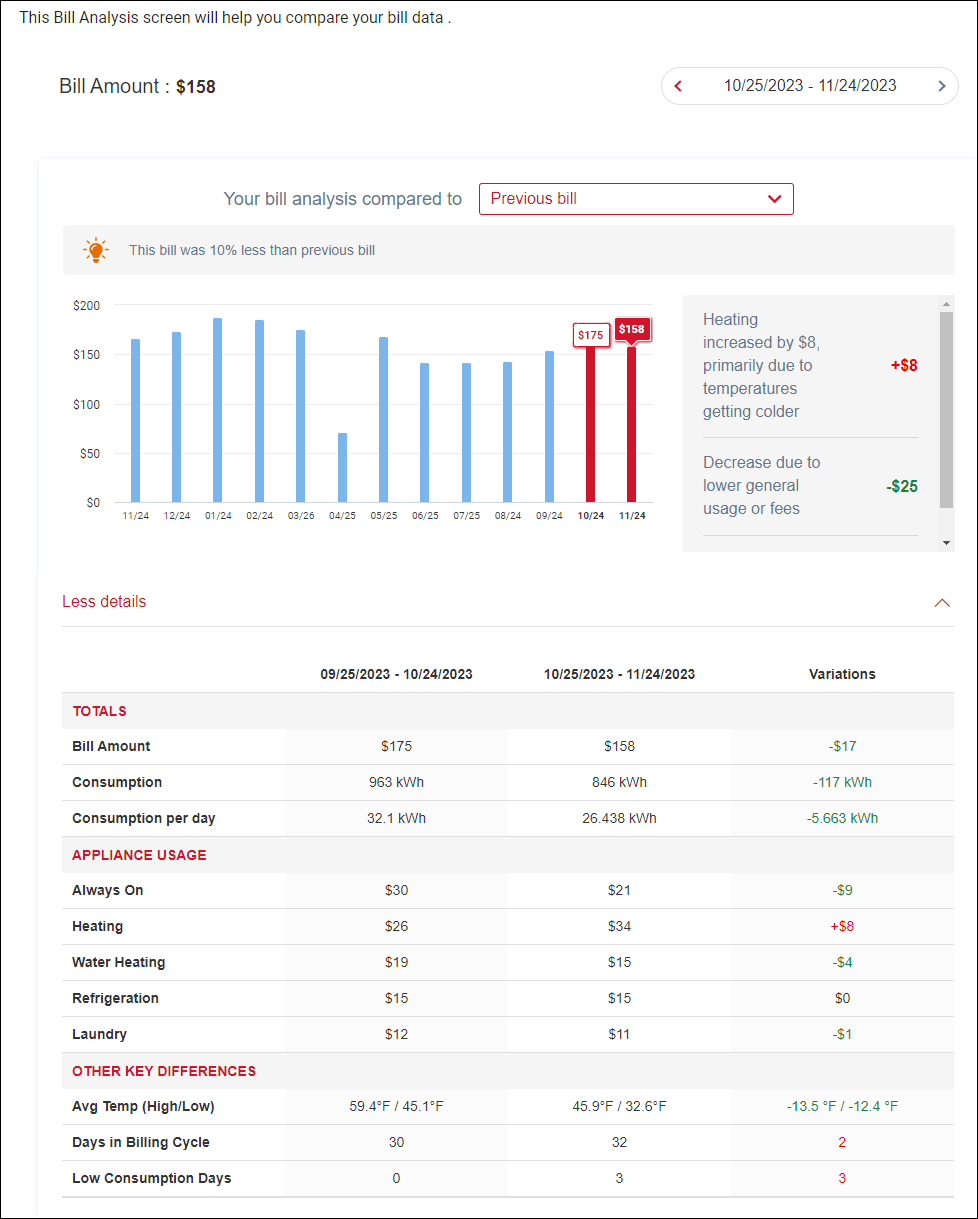
This tool will show you a color-coded breakdown of your use by percentage of your bill and by cost for each category along with a line that represents the average temperature for each month in the display. This tool is useful for reviewing how the weather may be impacting your heating and cooling costs.
This tool allows you to compare your home’s use to what average homes and highly efficient homes use in your zip code. You can choose to compare total use, use for the heating, cooling, or always on categories. You can click on the “What’s your comparison based on?” link to see the data the system used in creating the comparison.
GLE’s consumer analytics tools are based on computer models that make a “best guess” about how much energy appliances and systems in your home are using. These models are good but they aren’t perfect. To get an even more accurate analysis of your home’s energy use, you can complete a survey on this page. By answering a series of questions about your home, the algorithm will be able to provide you with a better analysis of your home’s energy use.
For example, your energy use dashboard may attribute some of your electric use to a pool pump or an electric water heater, even if you don’t have one. Completing a home profile will eliminate these errors and provide a more accurate picture of your home’s energy use. You can update your home profile whenever you make changes to the appliances and systems that use electricity in your home. Please note, it takes a full billing cycle for information submitted through the home profile to be reflected in your home’s energy use detail.
The reason we’re providing you with this more detailed data is to help you find ways to improve your home’s energy efficiency and save money on your monthly energy bill.
For example, if you see that a high percentage of your energy use is tied to doing laundry, investing in a new, more efficient washer or dryer might be worth considering. Perhaps a large percentage of your electric use is tied to heating your home. A ducted air-source heat pump system can cut your electric use for heating by 65%.
But you won’t be on your own as you look for ways to turn all that analytic data into energy-savings dollars. Included with all the new analytics tools is a section that will offer you energy-saving recommendations based on your home’s energy use patterns.
Many people don’t have time in their busy lives to regularly monitor their home’s energy use. That’s why our new suite of consumer analytics tools offers a series of email alerts that will be sent to members with regular updates on their home’s electric use. These updates include:
- A monthly billing summary of your last billing period provides insight into electric use by appliances and offer energy-saving tips.
- A budget alert informs you if you’re approaching certain thresholds of your budget (as set by you) before the end of a billing cycle.
- A bill projection alert provides you with an estimate of what your energy use bill will be for the current billing cycle.
- An energy highlights alert shows personalized suggestions based on energy consumption.
- A high usage alert indicates you have increased usage compared to your average usage for either a weekend or weekday in the last 3-5 days.
- A similar homes comparison email compares energy usage against the use of other GLE members’ homes in your zip code.
To register for consumer analytics emails, log into your GLE online account. Select “Settings” then “Manage Notifications.” Open the “Consumer Analytics” drop-down menu and associate your email address with the notifications you wish to enroll in.
To opt out of these emails, click on the “Unsubscribe” link in any of the emails you have received or remove your email address from the dropdown menu within the “Manage Notifications” menu items.
Information at your fingertips
The only thing GLE members have to do to take advantage of these new analytics tools is to have their online accounts set up. The tools are easily accessible by selecting “Usage” from the menu on the left side of the online account screen. These new tools are just one of the many member services that are available through GLE online accounts and the GLE mobile app.
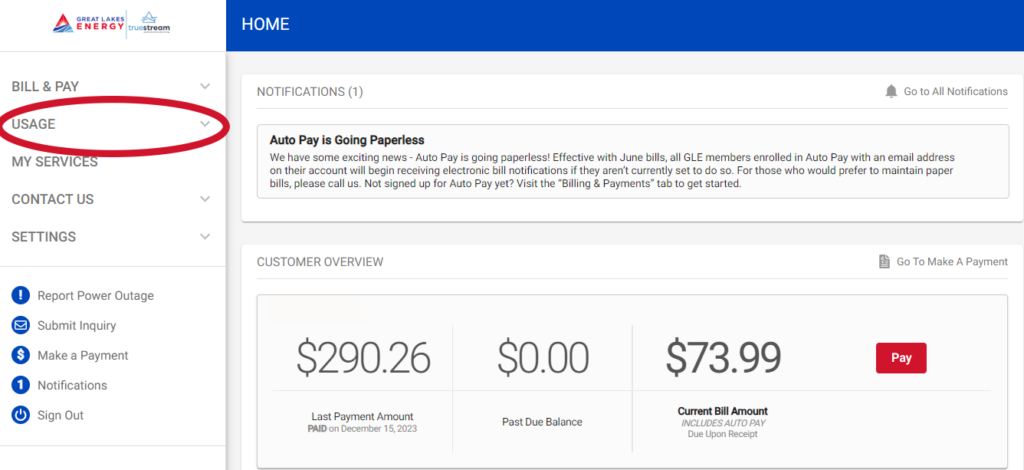
If you haven’t already done so, you can set up your online account by visiting gtlakes.com, clicking on the red “Log In To Your Account” banner, and then clicking on “Register now” on the following page. Consumer analytics tools are automatically enabled on all member online accounts. If you’d prefer to opt out of our consumer analytics tools, you may do so by calling 1-(888) 485-2537 and speaking with a GLE member service representative.


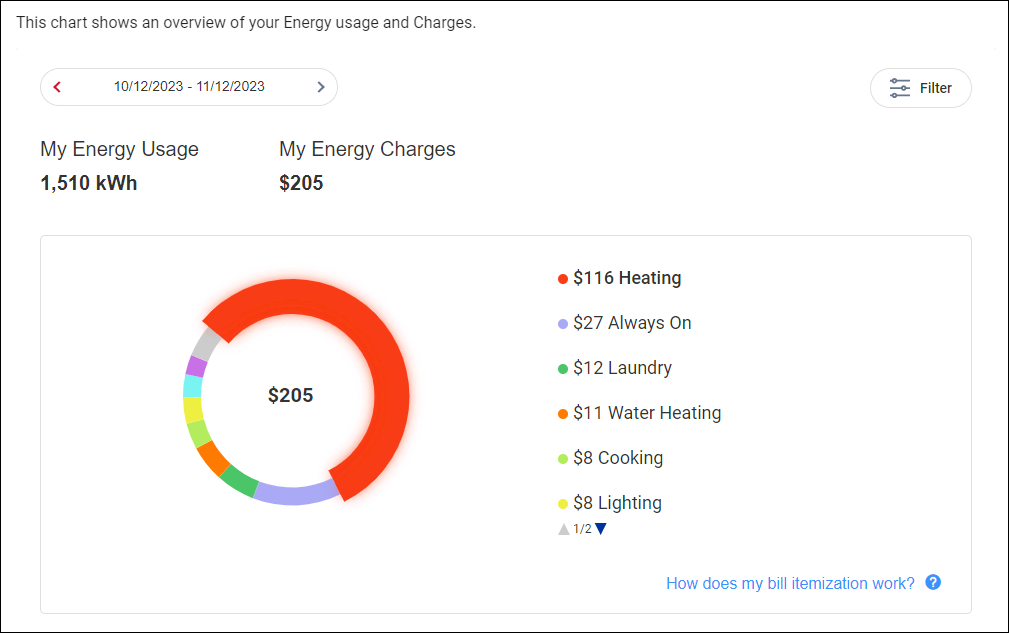
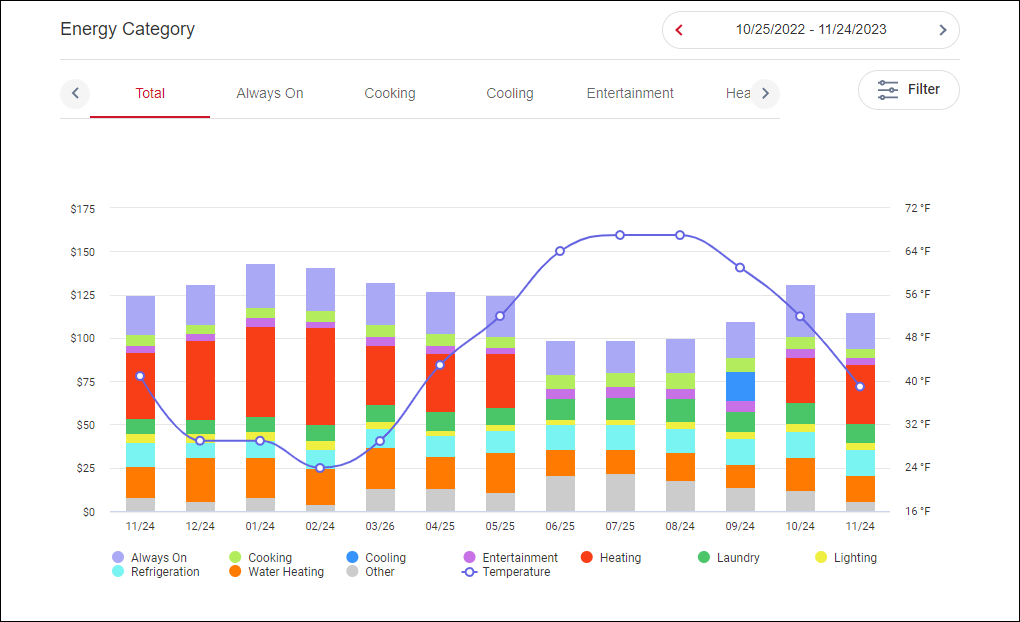
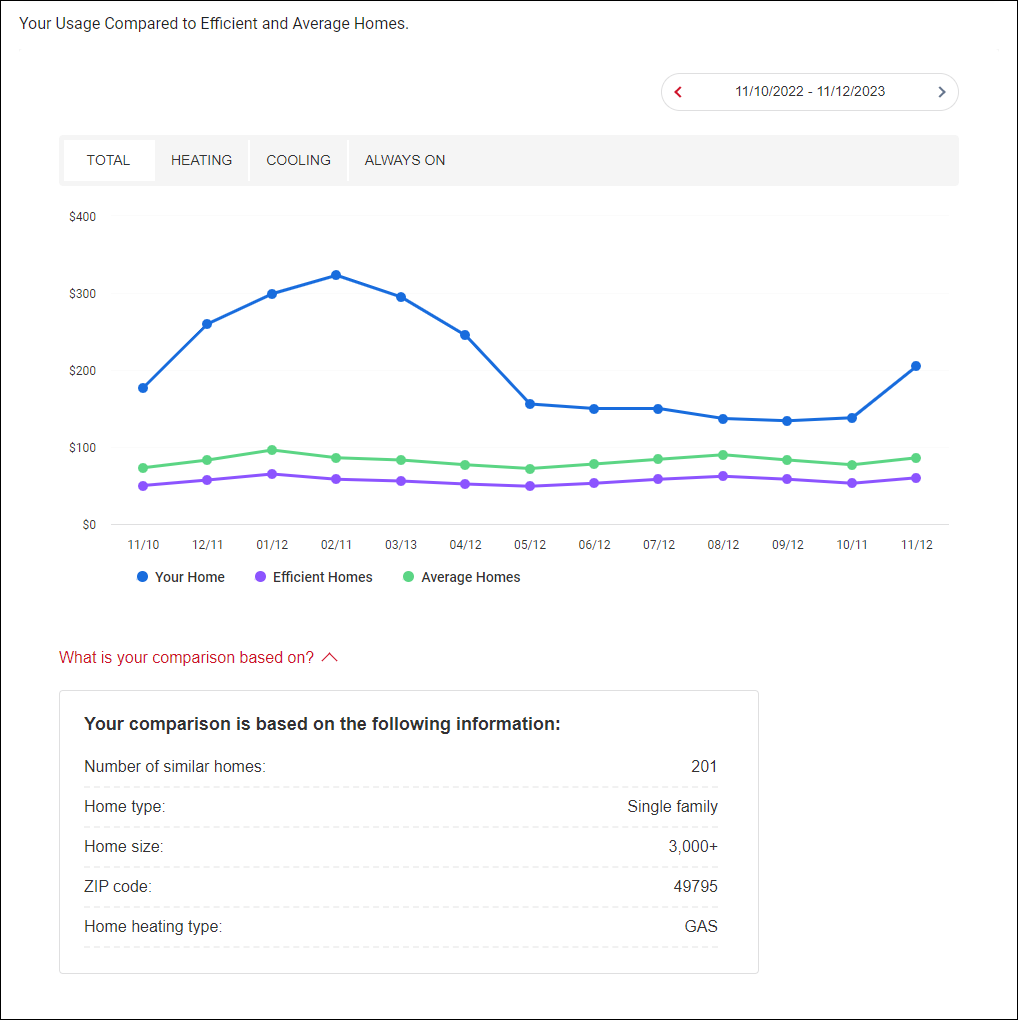
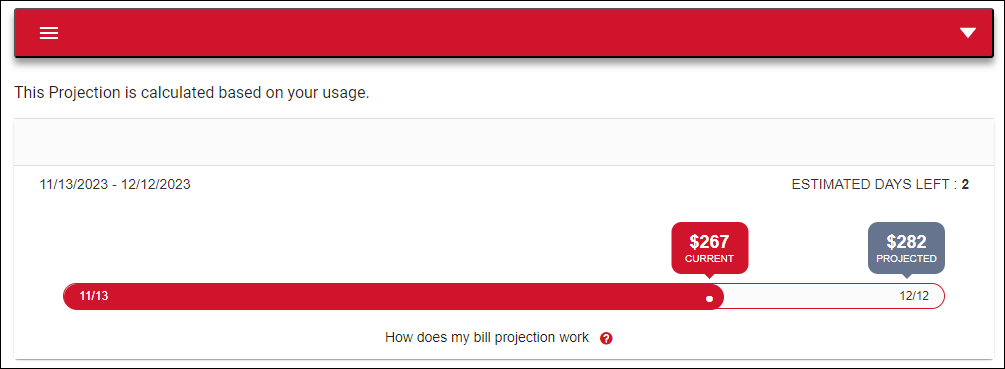
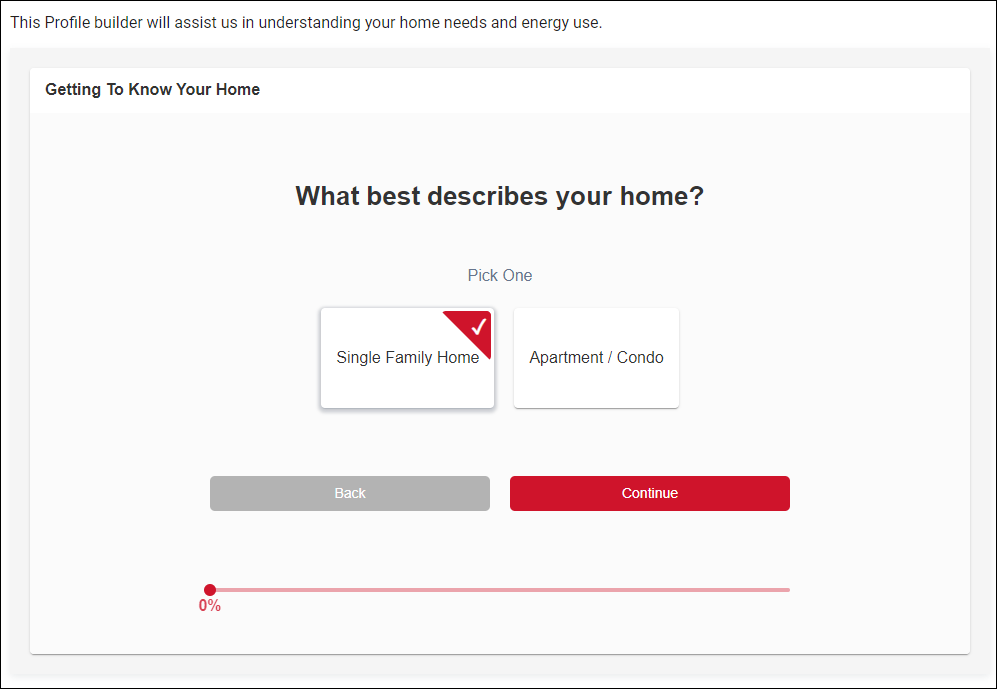
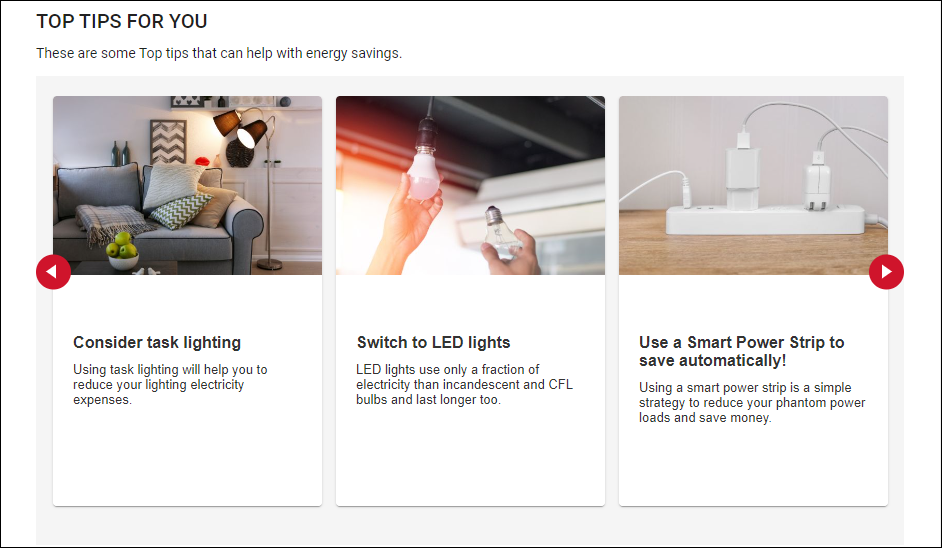

Just checked the analytics for my house and was surprised at the figures. Items I thought were costing lots for using, were costing the least! It was fun going through and setting this up and interesting, possibly helpful, to see the results. Time will tell, but thanks for this addition to my account.